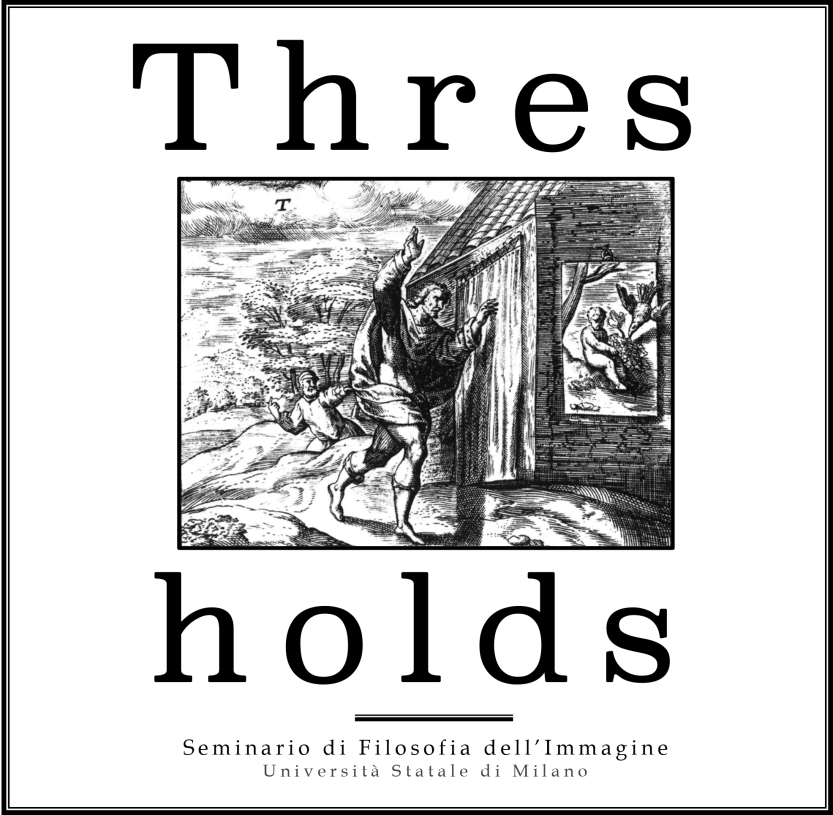The traditional notion of the “threshold” between images and reality found paradigmatic expression in the myth of Narcissus. According to a version of the story, the Greek youth, being unable to distinguish between his own body and its reflection in the water, drowned while trying to reach it, literally immersing himself into his own image.
Over the very last decades, Narcissus’s legend has unpredictably become fact thanks to the technological advancements which make it possible to create pictures indistinguishable from actual reality. What was formerly an exceptional violation of the borders (elements of the picture stepping out of the frame or of the screen, or vice versa elements of reality entering the image) is now the rule. Just think, for instance, of the stunning enhancements in computer graphics and animation techniques, in the creation of immersive environments, or even in the development of humanoid robots which are becoming more and more able to naturally interact with people thanks to the progress in artificial intelligence. In a near future, the widespread diffusion of virtual reality headsets such as Oculus Rift will radicalize the paradox of an extremely mediated experience promoting a belief of immediate presence.
The seminar aims at investigating this phenomenon through a cross-disciplinary approach blending aesthetics, history of art, anthropology, cognitive science, theories of new media, as well as cinema and game studies. Attention will be paid to both the historical-genealogical sources of the concept of immersion in ancient and modern culture and the new horizons opened by the most recent technological developments.
